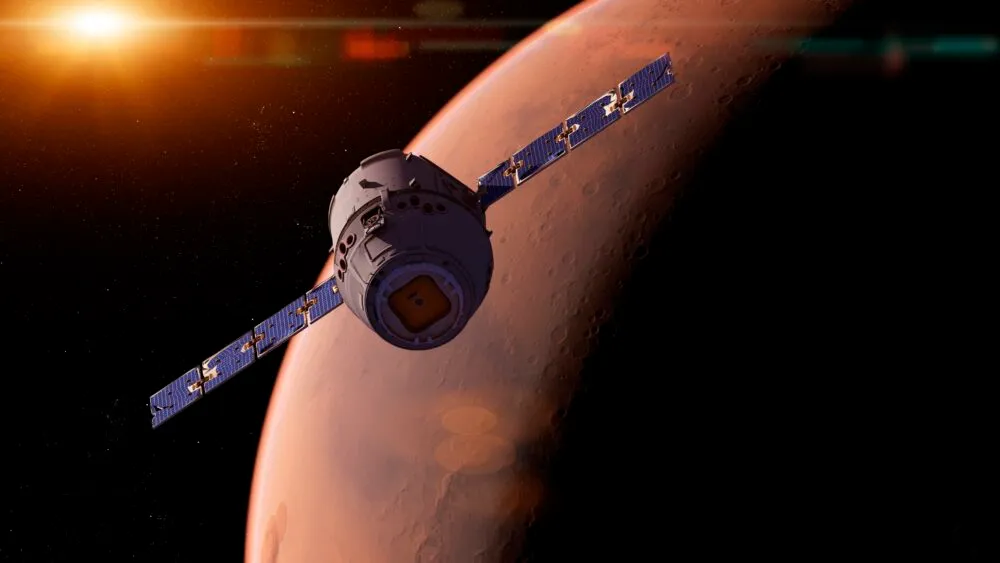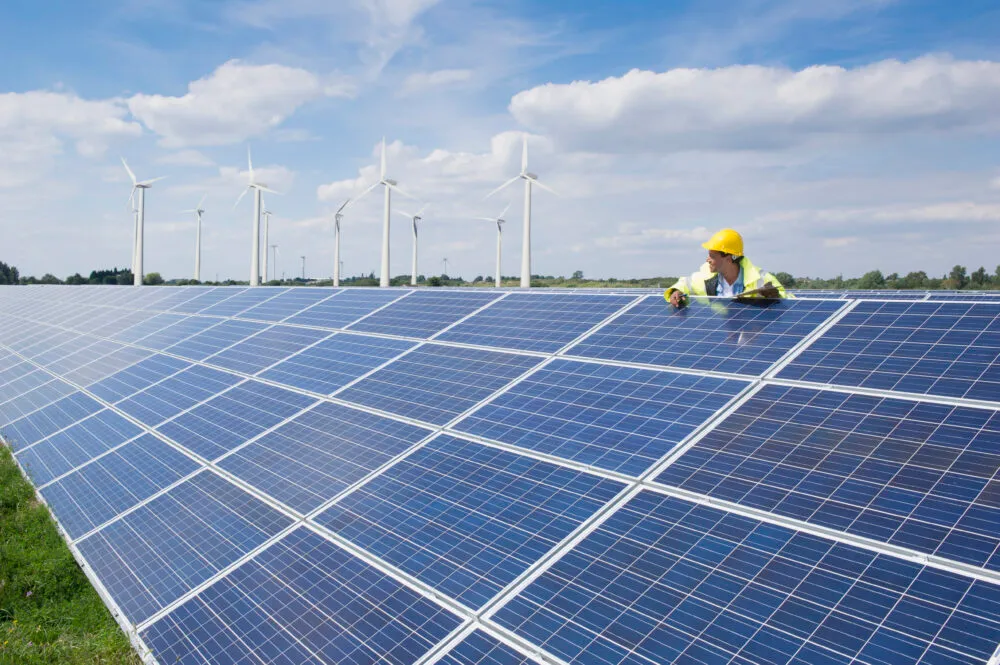We’ve achieved a lot as a civilisation, and while the amount of energy we are able to produce has grown astronomically over the years, by the definition of 1960s astronomy, we have barely scratched the surface.
In 1964, the Soviet astronomer Nikolai Kardashev presented a paper titled Transmission of Information by Extraterrestrial Civilisations. This brought forward a hypothetical scale, measuring how much energy a civilisation is able to produce.
What is the Kardashev Scale?
“Nikolai Kardashev proposed a categorisation of hypothetical alien societies, based on how much energy they could use in their technology. He reasoned that the more energy they could command, the more powerful their transmissions would be, and the farther away we might be able to detect them,” says Jason Wright, the director of the Penn State Extraterrestrial Intelligence Center.
Along with theorising transmission distance, this scale also suggests the power of a civilisation. The more energy it is able to generate, the more power it is able to command over its surroundings.
This scale doesn’t just apply to alien civilisations: Earth can also be plotted on the scale. As we have never actually come across alien life, we have never been able to chart any other civilisation on this scale.
While Kardashev originally theorised this scale back in 1964, it has gone through multiple revisions over the years with other astronomers updating it and adding new features and ideas.
What are the different types on the Kardashev Scale?
So, what are the different types, and if we were to plot Earth on this scale, where would we land? Well, on Kardashev’s original scale, we didn’t even make it onto the list, sitting below the first category.
However, the scale was later updated by astronomer Carl Sagan. He quantified the scale, adding decimal points, taking into account the points between each of the levels. This allowed little old Earth to make it onto the scale, we're just very low down.
“A Type one society is like humanity. Sagan would later quantify Kardashev's scale, and put humanity at around 0.72 on it. On this scale, 1.0 would be about as much solar energy as strikes the Earth's surface,” says Wright.

Another way to look at this is a civilisation that can use 100 per cent of the energy that is available on their planet. This includes the energy of the Sun and the minerals in the planet.
“A Type two society can collect much of the energy from its host star. Kardashev had in mind something like a Dyson Sphere. In Sagan's version of the scale, this is 10 billion times more energy than a Type 1.0 society harvests,” says Wright.
While a civilisation in the first level can collect the existing energy of the Sun (through solar energy collection like solar panels), the type two group involves directly taking energy from the Sun.
A Dyson Sphere is the most commonly suggested theory of how this could be done. This is a large theoretical Death Star-style structure that surrounds the Sun, capturing large percentages of its power output.
The astronomer Guillermo Lemarchand defined this level as a civilisation that is capable of commanding the full power of the Sun. That would mean huge amounts of power that we can’t even comprehend right now, giving us god-like powers. While that sounds crazy, this scale only gets bigger.

“A Type three society can collect much of the energy from all of the stars in its galaxy. In Sagan's version, this is another 10 billion times more energy than from one Sun-like star,” says Wright.
At this point, we're very much into the realms of science fiction. Think the entities that are the size of galaxies filling comic books... the sort of alien civilisations that we should probably be avoiding, really.
Over the years, other astronomers, physicists and futurists have added their own changes to the scale, rethinking how it could look. For example, famed cosmologist and physicist John Barrow pictured a scale with more levels that would put Earth at around level three.
In this version, level one involves manipulating objects (building structures, mining etc), level two includes the manipulation of living entities, like genetic engineering or transplants and level 3 would allow a civilisation to manipulate molecules and create new materials. This is the level Earth would currently be found on.
This scale goes from level one, to level six and a final 'Omega' level which involves the manipulation of time and space... an ability that Earth probably still has a few steps to get to.
Will Earth move up this scale, and if so, how much energy is needed?
Realistically, we are slowly moving up this scale all the time. The more energy we are able to create and utilise, the nearer we get to becoming a type one society in the eyes of Kardashev and later renditions of the scale.
“Every time we build a new power plant, we move a bit up the scale. It's a big scale, though: we move up by 0.01, so from 0.72 to 0.73, every time we increase our total energy supply by another 26%, which we do roughly every 5 years or so,” says Wright.
This puts the length of time into perspective. Some experts like futurist Michio Kaku believe that we could reach this point in the next 100-200 years. For Earth to reach the type two stage, it would likely take thousands of years and type three could take well over 100,000 years… so probably not in any of our lifetimes.
But how does Earth get to this point, especially with our energy consumption causing direct harm to our environment?
“Hopefully, we'll expand our energy supply only with renewables. The most abundant renewable is solar energy, and if in the far distant future our descendants to climb much higher on the scale, it will need to mostly be from solar panels in space,” says Wright.

“Generating more than about 10x as much energy as we already do on Earth will begin to alter the Earth's climate directly (even if we use renewables - solar panels block and collect light that normally would be reflected into space). If we want much more energy than that, we'll need to collect it and use it out where it won't affect the biosphere.”
About our expert, Jason Wright
Jason is a professor of astronomy and the director of the Penn State Extraterrestrial Intelligence Center. He studies problems related to stars, planets and life in the Universe, and has specilalised in searching for signs of extraterrestrial industry.
Read more:
